by David Goodman
Sherri White-Williamson JD/MERL’18 is on a mission. The North Carolina native is shining a bright light on how people of color and low-income communities bear the brunt of environmental pollution. A study sponsored by the Natural Resources Defense Council (NRDC) revealed that more than half of people who live less than two miles from a toxic waste facility are people of color. White-Williamson’s goal is to transform victims of environmental injustice into powerful advocates for environmental justice (EJ). This journey has taken her from the industrial hog farms of her native Deep South, to the halls of power in Washington, D.C., and to the leafy campus of Vermont Law School (VLS). At the age of 63, after retiring from a successful career in the Office of Environmental Justice at the Environmental Protection Agency, White-Williamson took her EJ mission to another level: she became a lawyer.
Today, at 68, the VLS graduate has returned to where she grew up in rural North Carolina to organize among her neighbors. White-Williamson works as the environmental justice policy director with the North Carolina Conservation Network–an organization of more than sixty environmental groups across the state. One of her areas of focus is to provide resources to rural communities affected by the cumulative impacts of multiple sources of toxic exposure. Most recently, she has been taking on the impacts of industrial hog operations and the associated pollution. These days, she has additional help in the struggle: a number of VLS classmates who have joined her and launched a new nonprofit, the Environmental Justice Community Action Network (EJCAN—ejcan.org). Their goal is to give low-income and communities of color something they’ve seldom had as they confront toxic injustice: a fighting chance.
Duplin County, N.C., is home to the nation’s highest concentration of industrial hog farms, also known as concentrated animal feeding operations, or CAFOs. North Carolina houses 9.7 million pigs that generate 10 billion gallons per year in manure which is collected in over 4,000 open-air pits.
“They call them lagoons,” says White-Williamson. “I describe them as swimming pools the size of football fields filled with hog urine and feces. It’s a different world when you see it.” The CAFOs have an enormous environmental impact on the communities where they are located, which are disproportionately African American, Latino, and Native American. The impacts include contaminated groundwater and noxious fumes comprised of ammonia, hydrogen sulfide, carbon monoxide, methane, and other toxins. In 2019, hurricanes battered these areas causing the failure of 49 lagoons, which sent toxic waste gushing into nearby rivers. A year earlier, hurricanes caused 110 lagoons to overflow.
White-Williamson grew up in neighboring Sampson County, the second-largest hog producer in the nation, and home to nearly 800 CAFOs. She has deep roots in the community where she now crusades for environmental justice. The daughter of school teachers, she worked in tobacco from the age of 12 to 18, when she left to attend Howard University and where the small-town girl from a segregated community got a bachelor’s degree in zoology, followed by a Master’s of Public Administration from American University. Years later, her childhood experience working in the tobacco fields helped land her a job with the American Cancer Society (ACS), where she led an effort to work with tobacco farmers to advance public health. Tobacco states traditionally have an adversarial relationship with ACS, but with White-Williamson “talking tobacco lingo,” she says the farmers felt like they had someone in the room who understood what they were speaking about. She describes a day in which “two hundred tobacco farmers lobbied arm-in-arm with public health people, especially for young people.” She chuckles as she recalls her improbable allies. “It was fascinating to people on Capitol Hill that we were working together.”
White-Williamson moved on to take a job first in the Office of Indoor Air, then in the Office of Environmental Justice at the EPA. One of her responsibilities while managing the Interagency Working Group on Environmental Justice was to organize “toxic tours” to communities impacted by pollution. She was shaken by what she saw. “I often left in tears and thinking, ‘Is this the US of A?’” she recalls.
Her experience on the toxic tours forced White-Williamson to reassess how she could have a bigger impact. “I recognized that lawyers had a unique place and opportunity to effectuate change,” she says. “Activists in EJ communities are phenomenal, but they can only go so far before they have to bring in lawyers to sue over violations of the Clean Air Act or Civil Rights Act.” She concluded, “It made a lot of sense to me to get a law degree.”
A Hunger for Environmental Justice
Maggie Galka JD’18 grew up in a “clean and nice suburb” of Chicago, where she could play outside without inhaling air pollutants. When she visited her grandparents on Chicago’s working-class South Side, she often returned home with a headache that she attributes to noxious odors that hung in the air from local industry such as coal-fired power plants. This sparked her interest in environmental issues, which led her to attend the University of Vermont because of its focus on environmental advocacy and its proximity to the outdoors. She later attended VLS thinking she might end up working in government. That changed when she met Sherri White-Williamson.

“She walked up to me in my first class to get to know me and explained her background,” says Galka, now an attorney in Chicago doing plaintiff-side toxic tort litigation. “It was the first time I met someone who was working with communities of color in rural areas to solve local environmental problems. She said, ‘You really need to learn more about this and join me on my quest to do something about these problems.’ Her whole mission at VLS was to bring people into environmental justice. That’s how my passion for environmental justice developed.”
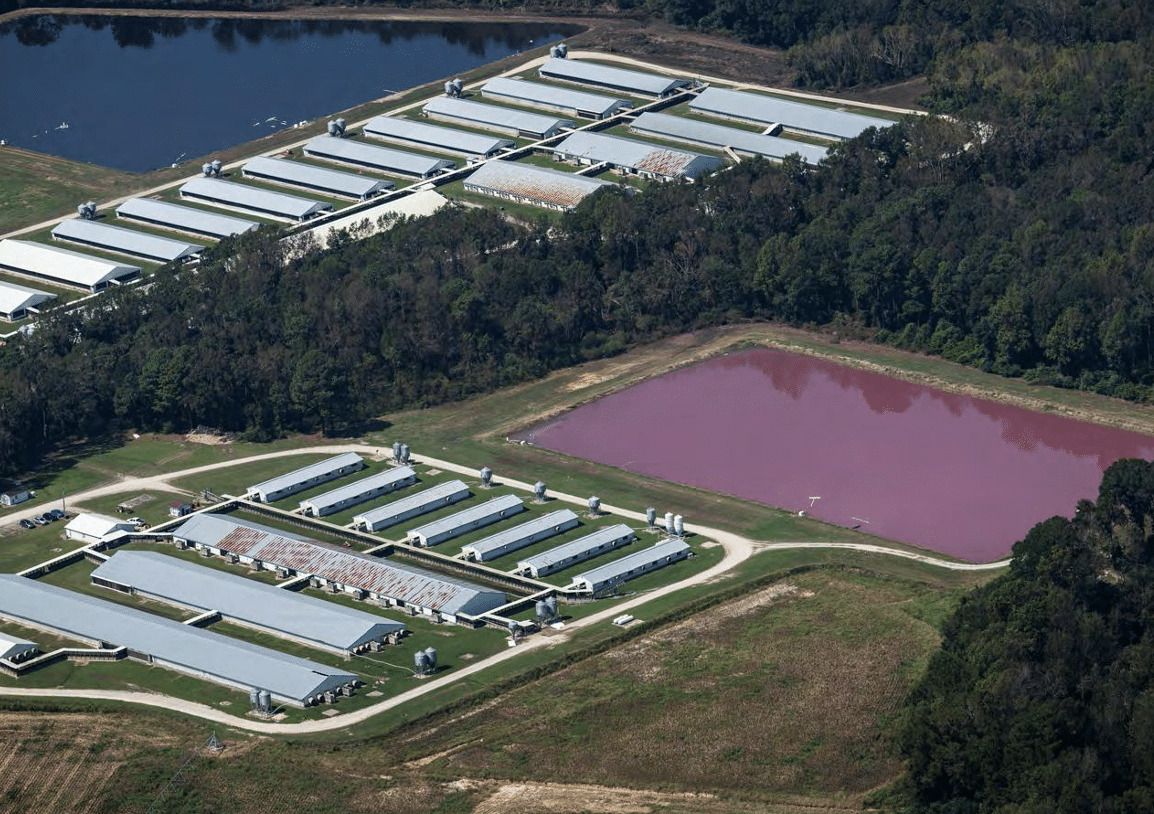
Galka and White-Williamson teamed up to sponsor the first-ever conference at VLS on environmental justice. The Solutions Conference in Spring 2017, “Bridging the Gap Between the Promise and Reality of Environmental Justice,” spurred other VLS students to get involved in EJ issues. Several VLS student organizations facilitated nine breakout sessions during the conference on myriad issues, making the connection back to environmental justice.
Environmental justice now has a strong presence at VLS, including the Environmental Justice Clinic and the student-led Environmental Justice Law Society (EJLS).
“Environmental justice is now kind of infused in the curriculum,” says Pat Parenteau, professor of law and senior counsel in the Environmental Advocacy Clinic at Vermont Law School. “The fact that [Sherri] is a very articulate and insistent spokesperson made a difference.”
Activism Rooted in Community
When White-Williamson moved back to North Carolina in 2019, she participated in an environmental justice symposium co-sponsored by Duke, Yale, Columbia, VLS, and others. She led a group of attendees on a toxic tour to get a first-hand view of the CAFOs in North Carolina. “I think everyone on the tour was totally blown away,” says White-Williamson.
In spring 2020, White-Williamson, Galka, and fellow VLS alumni John Brooks JD’20, Stephen Currie JD’17, Zac Halden JD’18, and Kyron Williams JD’19, teamed up to launch the Environmental Justice Community Action Network (EJCAN). They formed a 501(c)3 to undertake the work that they all felt was vital to the communities that desperately need assistance.
Galka explains that EJCAN is intended to fill a void in environmental organizing. “With the environment, you think of organizations like Sierra Club and issues like protecting endangered species. EJCAN is focused on the human aspect of it, on intersections, on your right to a clean and healthy environment, and how that right might be affected by racism, sexism, and classism because they are linked. We want to help communities find solutions on all sides of the problem, not just environmental solutions. If it’s not in our experience, we want to help communities to find this network of resources.”
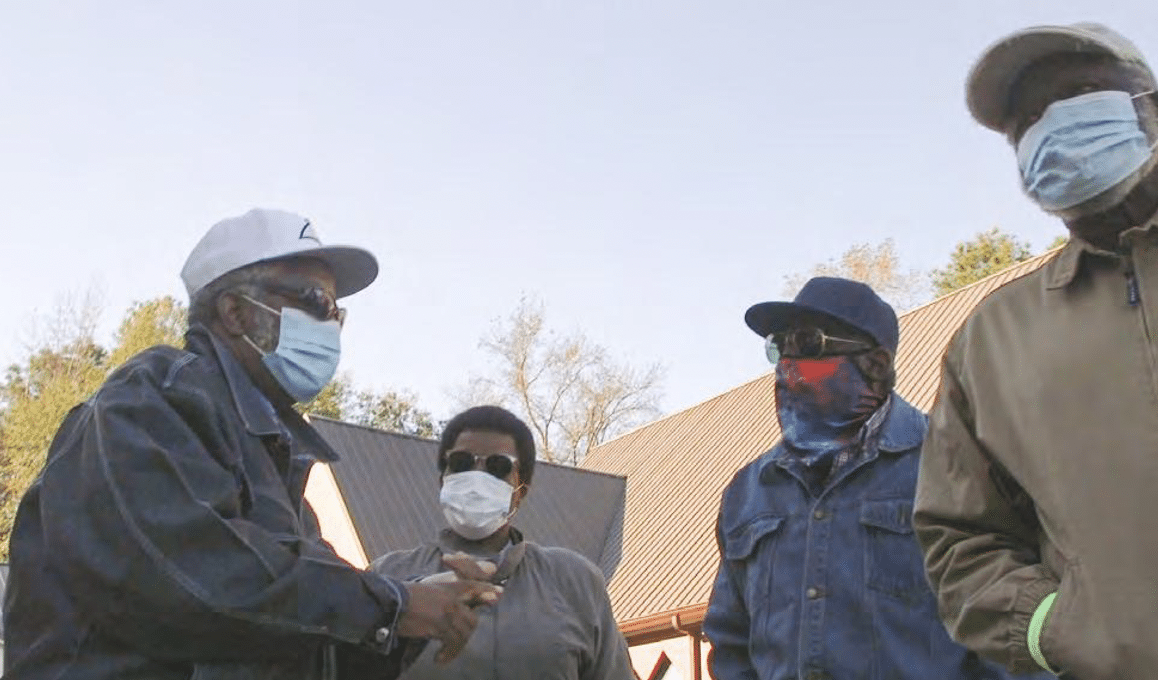
For example, says Galka, in rural North Carolina, communities that are home to CAFOs “also have problems with internet access. During the COVID pandemic, kids have a hard time logging on to get access to do school work. That might impact a parent, who doesn’t have internet access either.” The lack of internet means that people can’t participate in public hearings on environmental issues that are online. Everything is connected. “To help with this problem, we are working with them to try to create a center or info hub,” Galka explains. “That will help kids in school and parents to attend public hearings.” It’s how tackling one community problem will “further empower the community economically and educationally.”
Kyron Williams adds that the key role played by EJCAN is to be “a facilitator of groups that just don’t have the resources. The idea is to be the go-to place that groups can come to when they need help.”
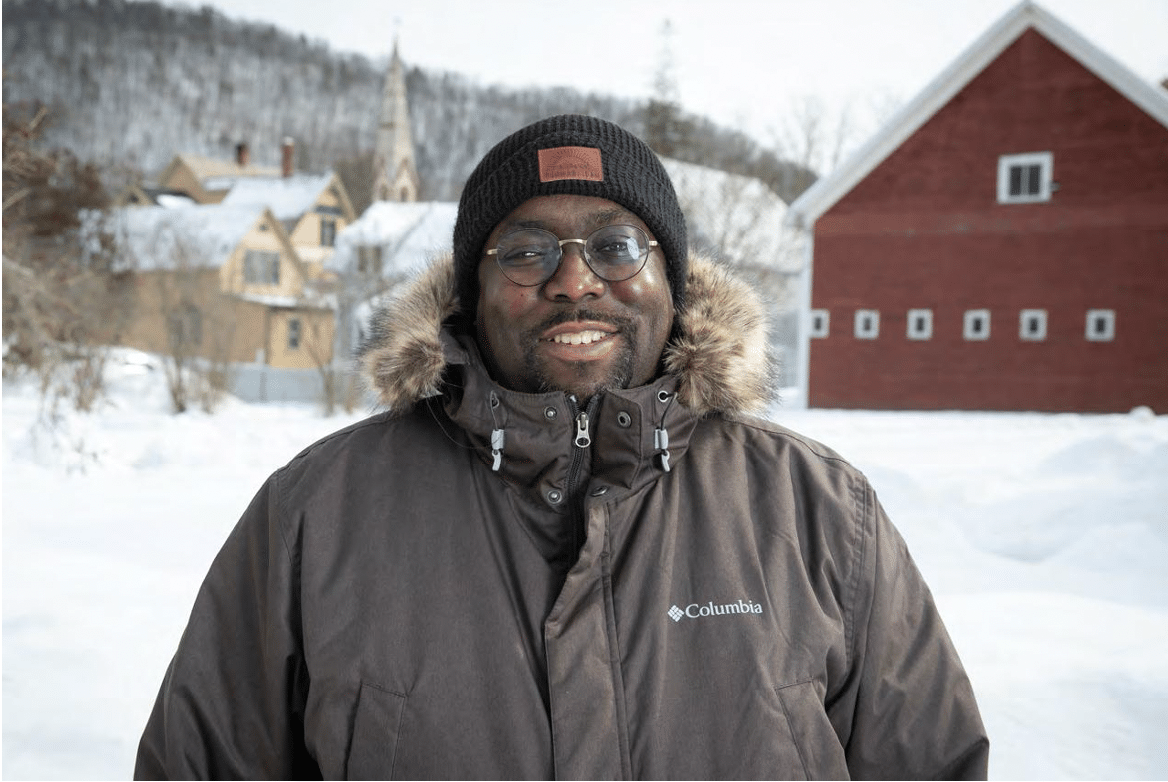
White-Williamson explains that EJCAN can train local communities in how to testify at a public hearing, or how to submit paperwork to intervene in an environmental issue. “We can help with getting testing and mapping done to figure out what’s around you or getting reporters in to bring more attention to a problem. In environmental justice, getting media attention to tell the story is part of righting the wrongs. We need to turn around the environmental injustices.”
“My vision,” she says, “is to start in Sampson County and build strong relationships locally to help make changes here. My hope is to work on these local issues and create models that can be replicated in other places. Then,” she continues, “we expand EJCAN into a national organization.”
“We have a 50-state strategy,” adds EJCAN founding member Brooks, “Our goal is to educate the community, then we let them take the reins.” Brooks says EJCAN wants to avoid the pitfall of telling people, “‘We know what’s best for you.’ That’s not helping solve the problem. With EJCAN, we give them the tools and we let them advocate for themselves.”
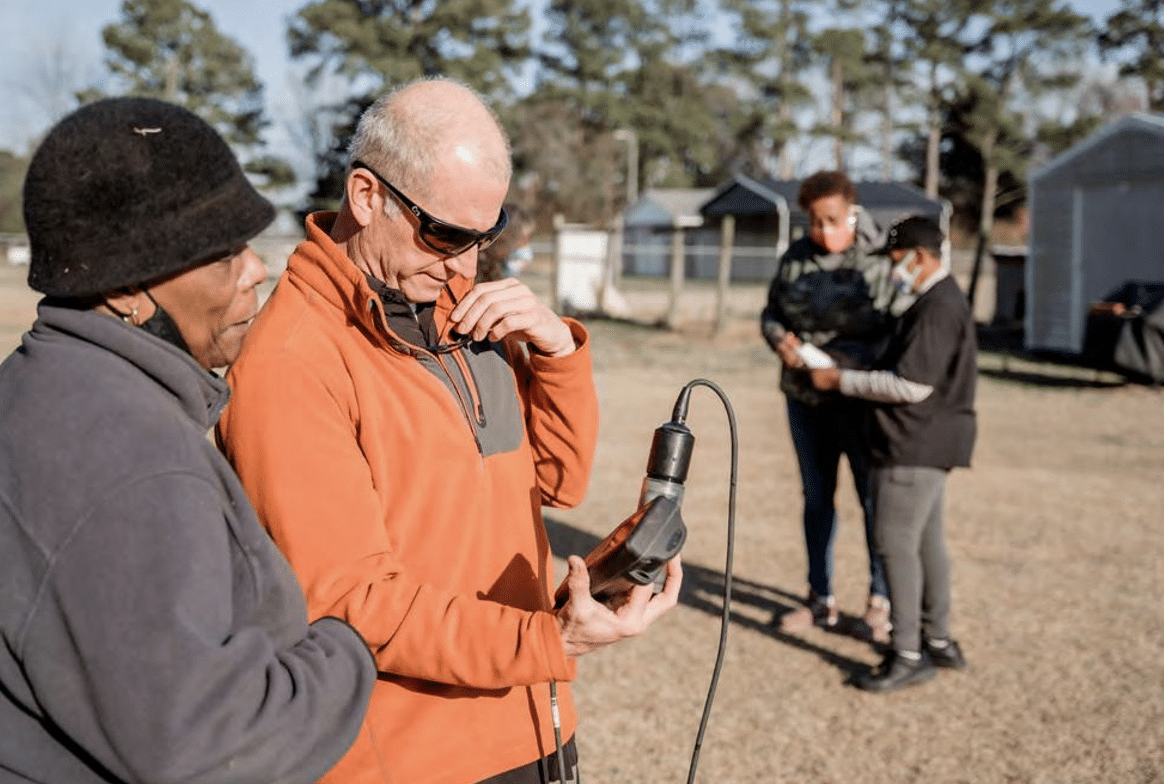
David Mears JD/MSL’91, executive director of the Audubon Society of Vermont, and a former professor and dean of environmental law programs at VLS applauds the efforts of his former students. EJCAN “goes to the core of democracy. If you are going to have justice in a democracy, communities have to be engaged. That means engaging them in their neighborhoods. My sense is that one of the deep flaws of the national environmental movement is that they are not sufficiently connected to communities, where most environmental impacts are felt,” he says. “To solve those problems means listening to those communities. Environmental groups aren’t designed to do that. It’s a huge gap. Sherri is part of an emerging group of leaders who understand the need to make those kinds of investments and commitments.”
EJCAN is already active in Sampson County helping a predominantly African American community that is dealing with water contamination from the combination of a regional landfill and surrounding CAFOs. “Most people are depending on bottled water to drink and some days they can’t wash clothes or take a bath,” says White-Williamson. “We’re talking with them about how to get a water testing done to make a case to get the county to take responsibility. At this point, we are going through a collaborative problem-solving process, making a list of issues and figuring out how to tackle each one.” The VLS alumni are holding phone and Zoom calls every other week with community members. “Sometimes we just help them write a letter,” White-Williamson says.
By showing up in communities that are typically ignored, EJCAN is already making a difference. Danielle Melvin Koonce is a doctoral student at the University of Maryland who grew up in Sampson County and has been inspired by White-Williamson to return to join the environmental struggle.
“It’s very rare for someone of Sherri’s status to come back home and devote the rest of their life to serving the community.”- Danielle Melvin Koonce
Koonce says EJCAN is “an environmental empowerment organization that … tries to equip and empower us to have agency and push for change and push for better water access.”
With her latest career turn, White-Williamson is continuing her lifelong mission to bring hope to places that desperately need it. She is in it for the long haul.
“This is hard work. It’s not going to be done quickly,” she concedes. But she says that she and her fellow environmental justice champions of EJCAN “are going to be in the game for as long as it takes.”
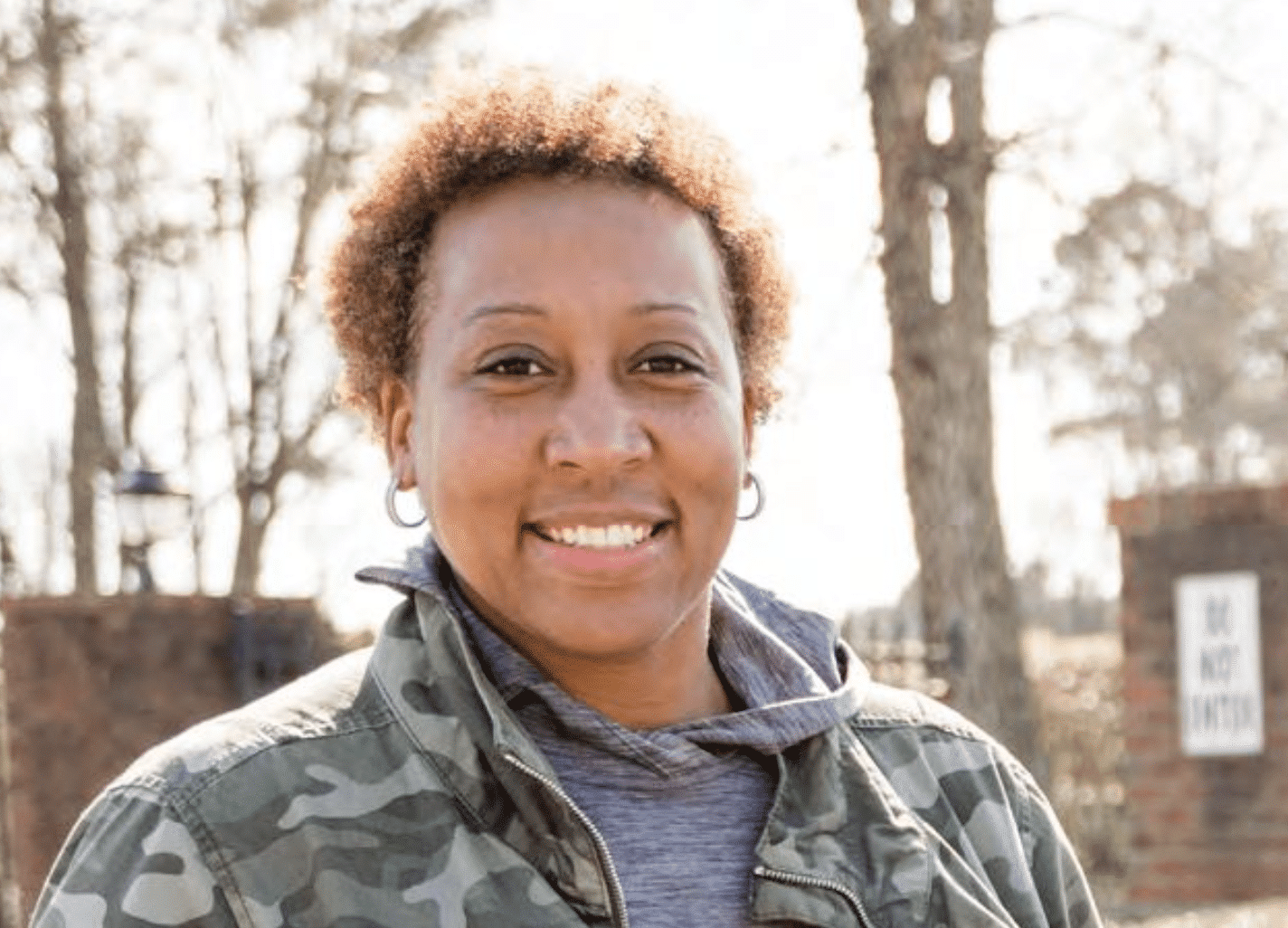
This article was featured in the Spring 2021 Loquitur—The Alumni Magazine for Vermont Law School. Read more here.